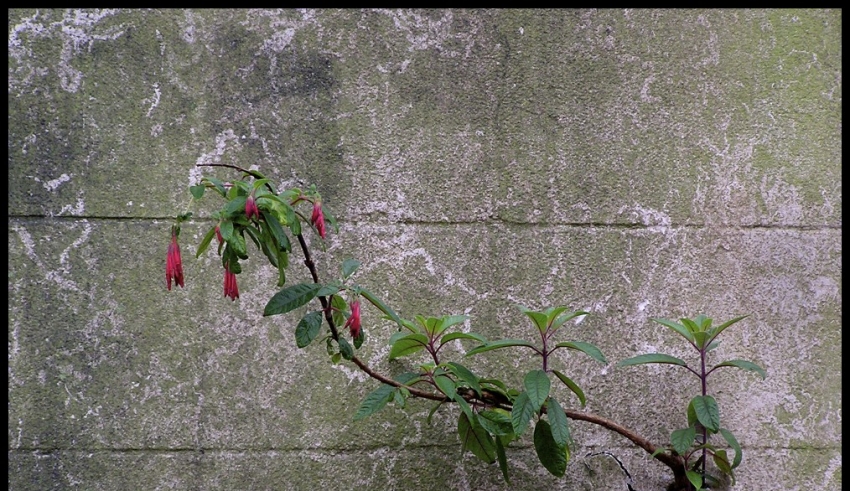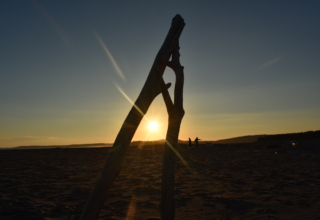
By continuing to “work out,” we build our resilience and are better able to overcome our negative past experiences, steer through the everyday stress of life, bounce back from adverse events, and reach out into the world and achieve our purpose.
Assessing Resilience
Graham, Cuthbert and Sloan elaborated on the ways that we can improve our resilience in Lemonade: The Leader’s Guide to Resilience at Work (2012) and created an assessment for leaders in organizations called the Resilience at Work Assessment (RAW-A). These resources can be found at www.theresilienceproject.net.
Theoretical Underpinnings
The theoretical underpinnings of the Youth Resilience Assessment mirror the theory behind the RAWA. This resilience model is based on the biopsychosocial model described by psychiatrist George Engel (1977). He suggested that to understand medical issues, one needs to consider the physical, psychological and sociological factors that contribute to the illness. The above graphic of concentric circles shows that at our core is our physical health, how well our body is managing life. The second concentric circle is our psychological self. These are our personal attributes. The outer circle is our social self, how we relate to others in our world and what attributes we use when we do so. Finally, every individual lives in the larger environment, what we call the context. Our research has suggested that we can think about resilience in the same way. How we care for our bodies, think about ourselves and those around us all contribute to our ability to be resilient. Additionally, more recent research (Ungar and Theron, 2019) emphasizes the amount of resources an individual has access to in the environment also impacts how well they can endure adversity.














